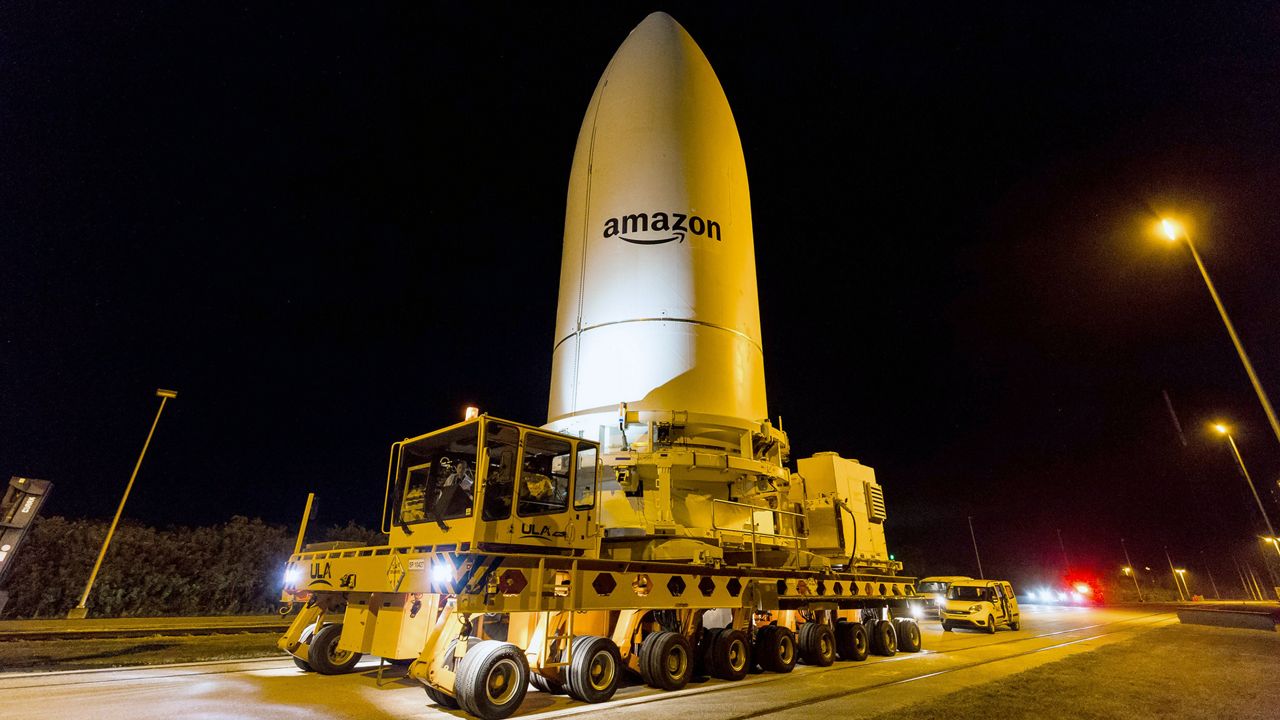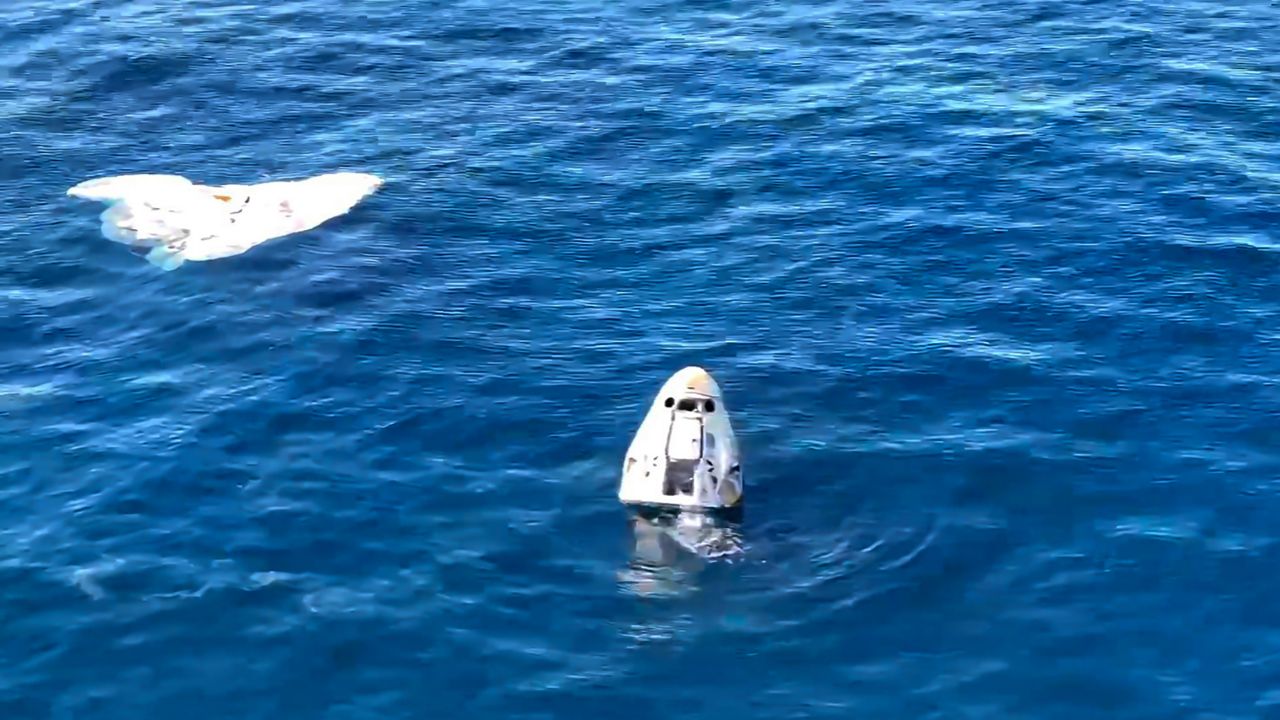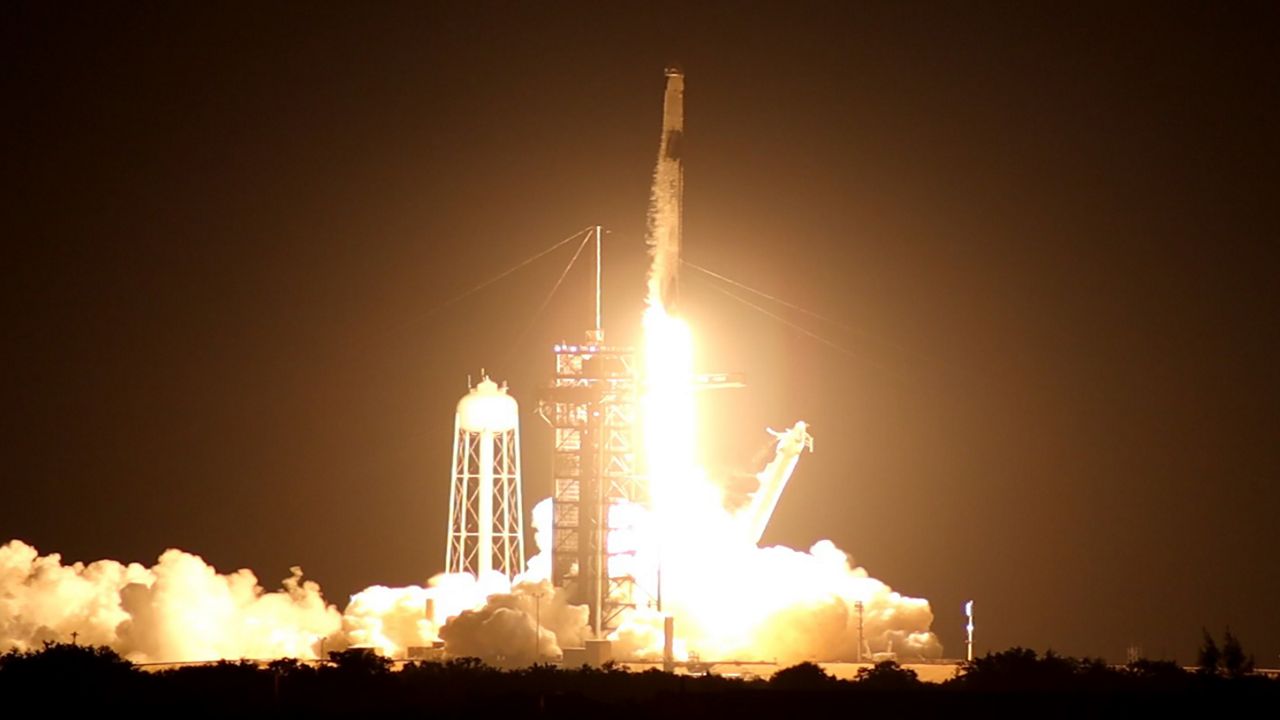BREVARD COUNTY, Fla. — A new climate change study focused on Florida's east coast is revealing rising concerns in Brevard County.
- Study: By 2100, rising water expected to impact rocket launch sites
- NASA has started construction on 3-mile-long dune to protect sites
- Dixie Crossroads owner also concerned about drop in business
- Learn more about the Climate Central study
Researchers with the nonprofit Climate Central found that floodwaters could start creeping in at a surprising rate and impact space flight and potentially family businesses.
Laurilee Thompson tends shop in Titusville and has spent much of her life fishing off the shores of the Space Coast.
"I grew up on the Indian River Lagoon. I used to run crab traps," Thompson said.
She's also a local legend: Thompson captains her family's restaurant, Dixie Crossroads. It has been in her family for more than 35 years.
"We call ourselves world-famous," she said, attributing that to their hometown hospitality, fresh fish, and the space industry, which she depends on.
"They would bring in the families of the astronauts the night before the launch (and) they would take the whole back of the restaurant and have big dinners," Thompson said of patrons during the shuttle program's heyday.
Of course, that was back in the 1980s, when jobs were plentiful and tourism was peaking.
"Coming here after a launch was still part of the launch experience," Thompson said.
Dixie Crossroads is perched near the 72-mile stretch of coastal Brevard County better known around the world as the Space Coast. It is an iconic symbol of patriotism, honor, and American glory.
"The thrill to stand on the Titusville bridge and watch that rocket liftoff, it's such an experience for people," Thompson said.
That experience that could soon be lost. The rolling waters Thompson grew up to love and depend on could now significantly hurt her business.
She's seen changes already in and around Titusville.
"The water level coming up the way that it is, the sandy beaches are disappearing," she said.
Maya Buchanan is a researcher at Climate Central.
"We are going to see more of these impacts now," she told Spectrum News in a Skype interview.
Buchanan is referring to rising waters along the Florida coast. It's part of a new climate change study by the independent research group.
"We know well that sea level rise amplifies coastal flooding," Buchanan said.
Her research team has been studying the impacts of warming and future flood risks. The biggest area of interest to Thompson, and NASA, includes the four launch sites at the Cape Canaveral Air Force Station and launch complexes 39A and 39B at NASA's Kennedy Space Center.
"It's important to highlight the risk. It's not just a long-term issue," Buchanan said.
The study determined that if nothing is done, coastal flooding will impact the launch pads this century, and launches could be in jeopardy.
"What was surprising is how quickly that risk is increasing in this area," Buchanan said.
The most at risk are Launch Complex 39A, currently leased by SpaceX, and 39B, which supports NASA's Space Launch System.
NASA knows about the problem; in fact, the agency is already working on a solution. It's constructing "a robust inland dune system that will protect our inland infrastructure from storm surge and flooding events," according to Don Dankert of NASA, who serves as the lead for the Environmental Planning Office at the Kennedy Space Center.
NASA is building a 17-foot high dune stretching three miles. Part of it is done and took on storms such as hurricanes Matthew and Irma.
"The dune really exceeded our expectations in its performance. We saw almost little to no erosion," Dankert said. NASA expects to finish the rest of the dune by fourth quarter 2020.
Coastal geologist Dr. Joseph Donoghue studies the Space Coast and considers this a temporary Band-Aid.
"Those measures will work short-term, but sea-level rise is inexorable, and the next storm could potentially just take them out," he said.
The study also shows that by the year 2100, rising waters are expected to impact both rocket launch sites more often as flooding increases on a monthly basis.
NASA would not talk to Spectrum News about the study or any additional plans to increase its defenses against potentially crippling rising waters.
Donoghue said fortification with a seawall is another means of protection, but those can be costly and also ineffective for the long-term knowing the sea-level rise projections for this particular area.
Donoghue also said those launch pads likely cannot be moved. The structures are not only too massive to be moved inland or elevated, but the topography there on Merritt Island is too limiting.
The retreating shoreline north of the Cape is where some of the erosion has been at its worst, he said.
"The highest rate is actually right near where SpaceX has their landing zone, where they land the boosters," Donoghue said.
These landing and launch zones are key to the success of the renewed space programs in Brevard County. Jobs are coming back, and families are thriving.
Jen Sugarman, president and CEO of the Cocoa Beach Regional Chamber of Commerce, affirmed the space programs are vital for the community.
"Space is huge, and it's a pretty big impact economically," she said. "Fiscal year 2017, the GDP for NASA alone was $2.2 billion."
Thompson said the space industry has had a recent positive impact on Dixie Crossroads. She recalled of the first Falcon Heavy launch: "I actually saw crowds here that equaled the crowds that we would get after a space shuttle launch, which made us very happy."
It reminded her of the 80s, back when business was booming.
For Thompson and Dixie Crossroads, combating the impacts of climate change is a must for survival, as well as the survival of the delicate ecosystem surrounding the birthplace of space flight in America.
"If we lose that, it's definitely going to affect my business," Thompson said.
"Anything we do now has got to be heroic," Donoghue said.
Climate Central Science Reporter Ayurella Horn-Muller contributed to this article, which was produced in partnership with the nonprofit group.











